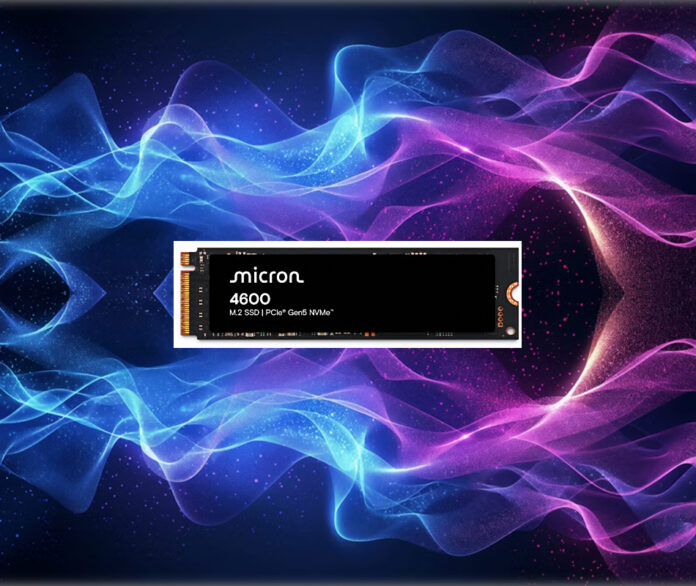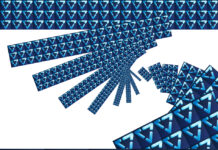Micron claims its latest business client SSD, the PCIe gen 5 4600 – aimed at AI PCs, gamers and professional users – is twice as fast at reading as its 3500 predecessor.
These gumstick format (M.2) drives are for OEMs and business system resellers, in contrast to Micron’s Crucial consumer brand with its T700/705 and P510 PCIe gen 5 M.2 drives for enthusiasts and gamers. The T700 and T705 are built with Micron’s gen 8 232-layer TLC NAND while the P510 uses the newer gen 9 276-layer product, still in TLC format.
Back in business land, the 3500 is a 232-layer TLC product using the slower PCie gen 4 bus, half the speed of PCIe gen 5, with up to 7GBps sequential read and write bandwidth. Micron is updating it with the 4600 model, using denser TLC NAND, 276-layers and the gen 5 PCIe bus, like the P510, to deliver a drive providing up to 14.5 GBps read and 12 GBps write bandwidth. The available capacities are 512 GB, 1, 2 and 4 TB. It delivers 2,100,000 IOPS, both for random reads and writes and has low latency numbers; 50μs for reads and 12μs for writes

Prasad Alluri, VP and GM for Client Storage at Micron, claimed: “With the 4600 NVMe SSD, users can load large language models in less than one second, enabling PC experiences in data-intensive applications, especially for AI. As AI inference runs locally on the PC, the transition to Gen5 SSDs addresses the increased need for higher performance and energy efficiency.”
The performance in various application workloads averages more than half as much again as the 3500 product using the SPECwpc benchmark:

The power draw numbers are:
- Sleep: <3.5mW
- Active Idle: <150mW
- Active Read: <8,500mW
There is a whole raft of security features: AES-256 encryption, TCG Opal and Pyrite, signed firmware and boot, Security Protocol and Data Model (SPDM), Data Object Exchange (DOE) and Device Identifier Composition Engine (DICE), all helping provide improved protection for user data.
Samsung and SK hynix make competing business-class M.2 format PCIe gen 5 drives. The Samsung PM9E1 offers up to 14.5 GBps sequential read and 13 GBps sequential write, making it slightly faster. The Platinum P51 from SK hynix , also aimed at the AI PC market, has similar performance; 14PBps when reading and 12 GBps when writing.
Micron may be developing a new SOCAMM (System On Chip Advanced Memory Module) memory format for AI PCs with SK hynix and NVIDIA, according to a report in Korea’s SE Daily. This NVIDIA-driven initiative will use LPDDR5X DRAM instead of SODIMM modules with DDR4 or DDR5 memory. The report says SOCAMM will be a detachable large fingernail-sized product, allowing for upgrades, and have 694 ports whereas an average PC DRAM module has c260. That means its data IO bandwidth will be much greater and support AI models running on the AI PC.
The Micron 4600 product brief can be accessed here.








